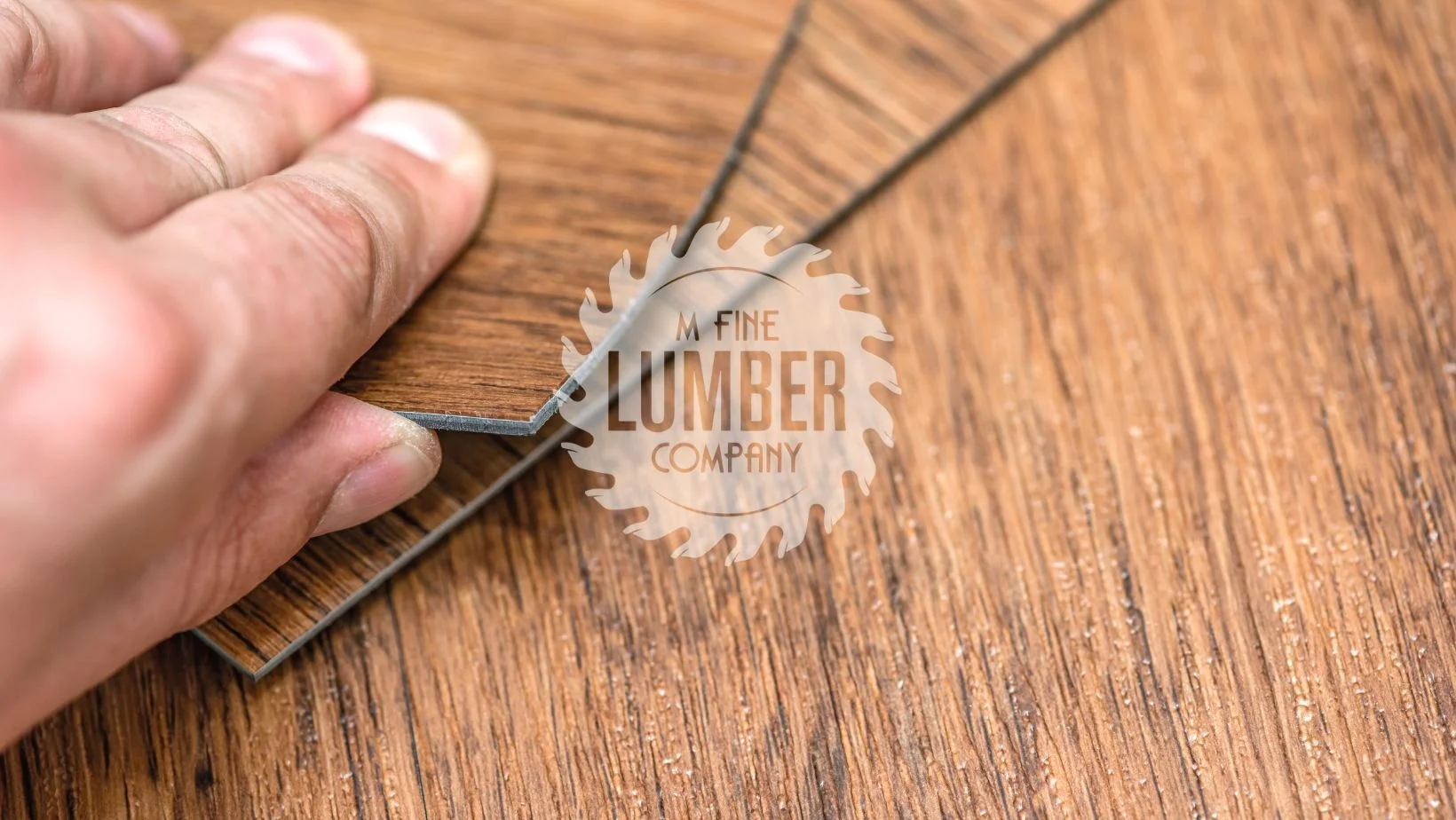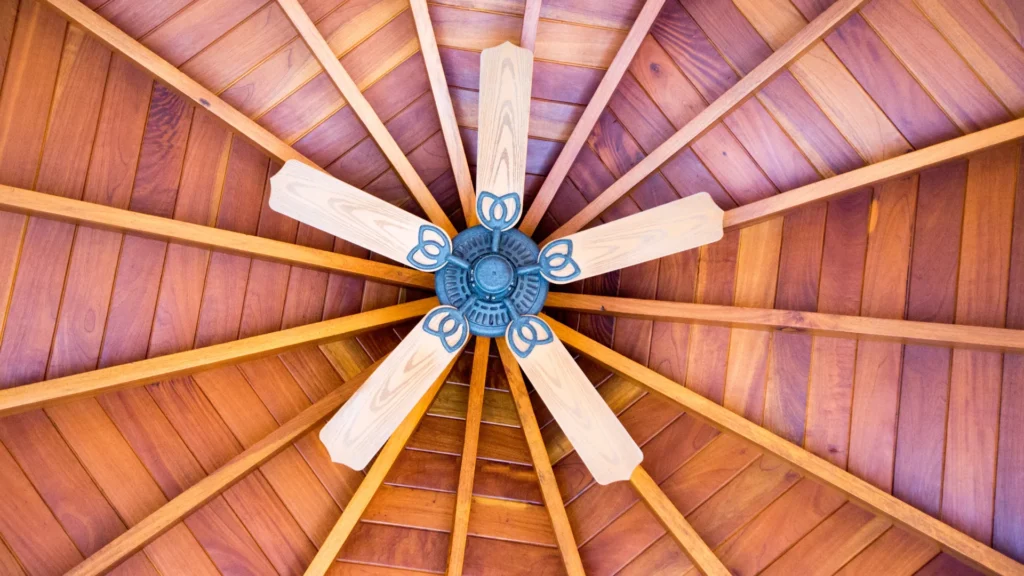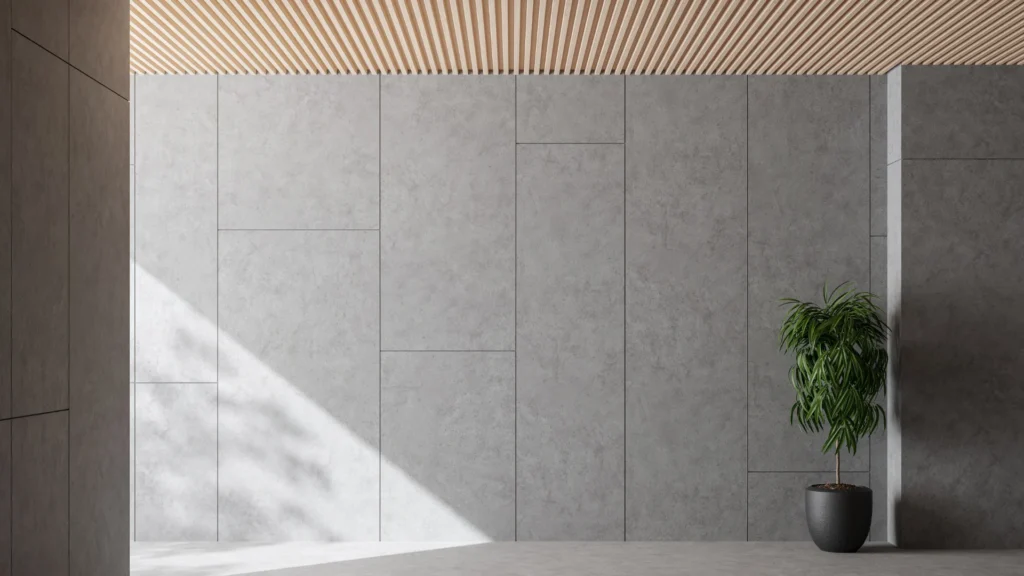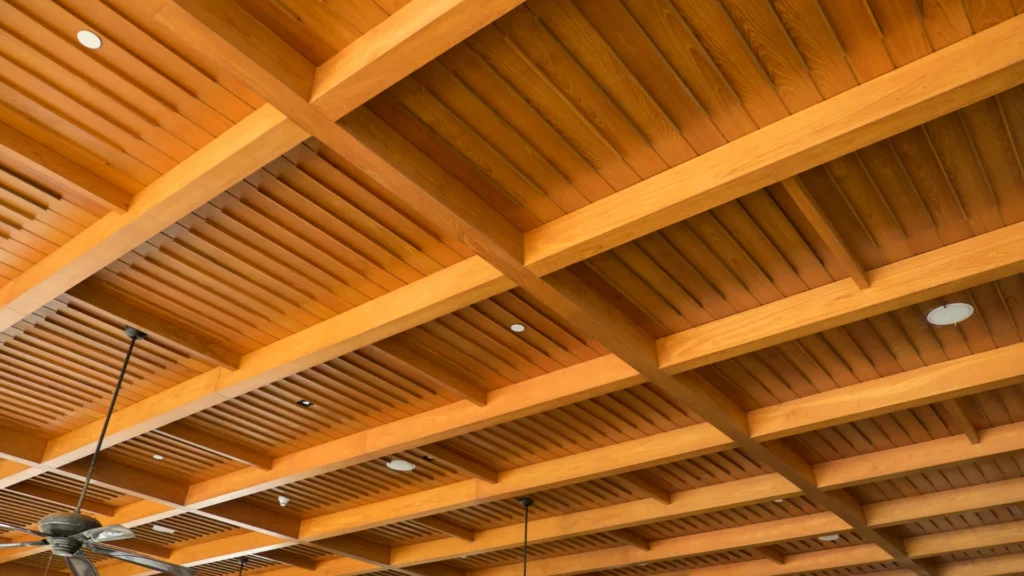
Wood ceilings are a timeless and elegant choice that can add warmth and character to any space. Whether you are embarking on a DIY project or considering a renovation, this blog will delve into the various aspects of wood ceilings, exploring their benefits, potential challenges, installation techniques, and maintenance requirements.
By the end, you will have a comprehensive understanding of whether a wood ceiling is the right choice for your project and the knowledge to tackle it successfully. Let’s dig in!
Wood ceilings offer a variety of undeniable advantages when introduced into your space. Here are some advantages that you might want to take into consideration:
One of the biggest advantages of wood ceilings is their natural beauty. Wood adds warmth and a touch of organic elegance to any room, instantly making it feel more inviting. In fact, the natural variations in wood grain and color provide a unique and visually appealing element that is hard to replicate with other materials.
Wood ceilings can also improve the acoustics of a room by absorbing sound waves and reducing echoes and noise levels. This can be particularly beneficial in large or open spaces where sound tends to bounce around. Additionally, wood provides a certain level of insulation, helping to regulate temperatures and reduce energy costs.
Wood ceilings offer a wide range of design options and can be customized to suit your specific preferences. You can choose from different wood species, finishes, and installation patterns to create a look that complements your overall design scheme. Whether you prefer a traditional tongue-and-groove pattern or a more contemporary and unique design, wood ceilings allow for creative freedom.

While wood ceilings can be a rewarding addition to your DIY project, they can also present some challenges during installation. The process requires careful measurements, precise cuts, and proper attachment techniques. If you are not experienced with carpentry or DIY projects, it may be best to consult a professional to ensure proper installation. So, don’t hesitate to call one!
Wood is a natural material that can be sensitive to moisture and humidity. In environments with high levels of moisture, such as bathrooms or kitchens, wood ceilings may be prone to warping, swelling, or rotting. Proper sealing, ventilation, and maintenance are crucial to protecting the wood and preventing these issues.
In order to ensure that you install a wood ceiling successfully, it is important to take into consideration the following installation techniques and factors:
Installing a wood ceiling for your DIY project requires some preparation. Before you start, make sure to clean the ceiling surface thoroughly and remove any existing finish or debris: This will ensure a smooth and even base for your wood panels or planks.
When it comes to fastening the wood ceiling, there are a few options to consider. You can either nail the wood directly to the ceiling joists or use a suspension system for a more flexible installation. The choice depends on your specific project needs and personal preference.
Once the wood panels or planks are installed, it’s time to give your ceiling a finished look. You can choose to leave the wood natural for a rustic appeal or apply a stain or paint to match your desired aesthetic. It’s also important to seal the wood to protect it from moisture and ensure its longevity.
Maintaining wood ceilings is simple. Keeping the surface clean with a soft cloth or vacuum attachment can help it look new. Do not use harsh cleaners or chemicals that could damage the wood.
Regular maintenance extends the life of your wood ceiling. A new sealant every few years protects wood from moisture and deterioration. Your wood ceiling can last longer with regular inspections and early damage repair.

When it comes to cost, wood ceilings may not always be the most budget-friendly option. It’s important to compare the prices of wood panels or planks with alternative materials such as drywall or suspended ceiling systems. Consider both the initial cost and long-term maintenance expenses.
Several factors can influence the overall cost of a wood ceiling. These include:
– The type and quality of the wood chosen
– The size of the project
– Any additional materials or tools are required for installation
It’s important to factor in these costs when determining if a wood ceiling is within your budget.

In conclusion, wood ceilings offer a natural, warm aesthetic for DIY projects but require careful installation and maintenance. Consider your budget, desired look, and willingness to invest time and effort because a well-maintained wood ceiling can be a stunning addition to your home that makes the effort worthwhile.
